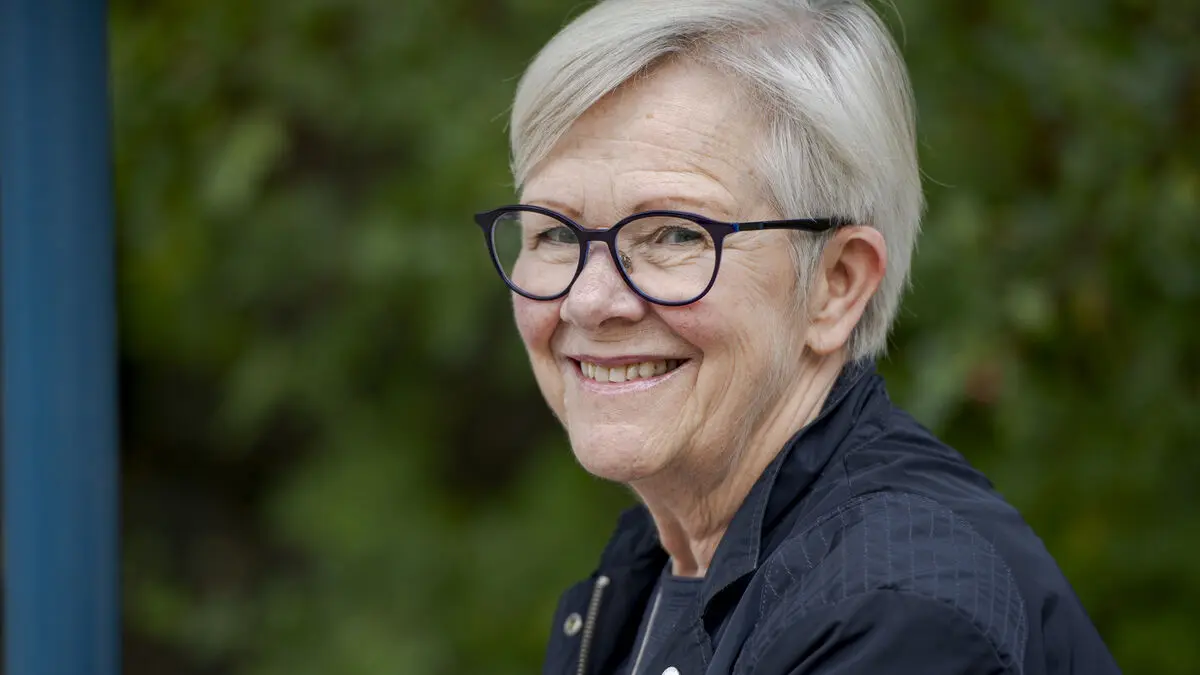The Church of Sweden is one of Sweden's largest forest owners. The Church Council, the Church of Sweden's highest decision-making body, has adopted new guidelines for how the large forest holdings should be managed. In the future, the forest will be managed in four areas: spiritual, ecological, social and economic sustainability.
We go from the best possible return to these four areas, says Wanja Lundby-Wedin, first vice-chair of the church board.
But how forestry should be conducted based on the new guidelines will be up to the various dioceses to decide for themselves. This could include where wetlands should be created or which forests are particularly worthy of protection and which can be felled.
The World Wildlife Fund, one of many interest groups that has had its eyes on the church's forest policy, regrets that local influence persists.
"This makes it unlikely that the changes will happen quickly or be sufficiently extensive," WWF writes in a comment.
One issue is more specific – the reconciliation process with the Sami after historical abuses. The Sami villages should be given more influence when the church plans measures where reindeer herding is present. The Church of Sweden should develop guidelines for the increased influence.
It is important that the Sami people really have a real influence, says Lundby-Wedin.





